OS_DATA_TAMPERING BSoD 0x00000155: How to Fix it
Make sure your PC is not infected with malware
5 min. read
Updated on
Read our disclosure page to find out how can you help Windows Report sustain the editorial team. Read more
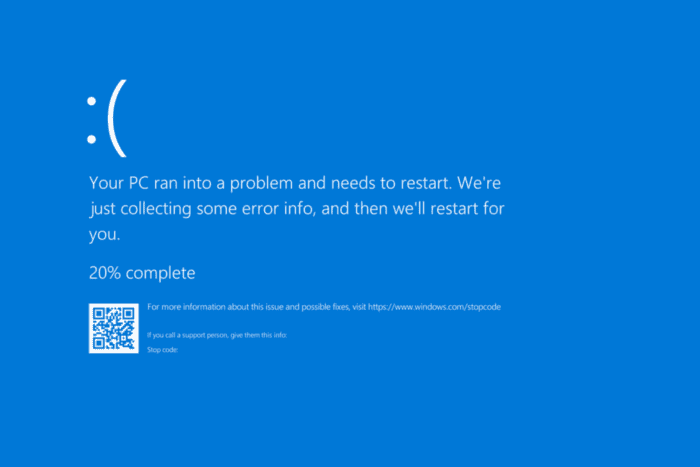
The OS_DATA_TAMPERING BSoD, with error code 0x00000155, appears when Windows detects an attempt to tamper or modify critical system files. Subsequently, the PC automatically shuts down to prevent data integrity.
The underlying causes for OS Data Tampering include outdated drivers, malware infection, corrupted system files, applications that compromise the security of Windows, and hardware malfunction.
Before you proceed, restart the computer, install any pending Windows updates, and disconnect all non-critical peripherals and hardware. For most of you, these basic fixes should do the trick!
How can I fix the OS_DATA_TAMPERING blue screen error?
1. Update all the drivers
- Press Windows + X to open the Power User menu, and select Device Manager.
- Expand the different entries, right-click on the devices listed underneath individually, and select Update driver.
- Click on Search automatically for drivers and wait for Windows to install the best locally available version.
- Similarly, update the other drivers, then reboot the PC and check for improvements.
Outdated or corrupt drivers may give Windows the impression of data tampering, triggering the OS_DATA_TAMPERING blue screen. In this case, updating the drivers should quickly fix things!
If Windows can’t find a better version, I recommend going to the manufacturer’s official website, looking for the new releases, and then manually installing the latest driver.
2. Scan the PC for malware
- Press Windows + S to open Search, type Windows Security, and click on the relevant result.
- Click on Virus & threat protection.
- Click on Scan options.
- Select the Full scan entry, then click on Scan now, and wait for the malware scan to complete. It typically takes 15-30 minutes.
If the built-in Windows Security can’t detect any malware behind the OS_DATA_TAMPERING crash, you may consider using an advanced antivirus solution to run a series of scans and eliminate the active threats.
3. Uninstall recently added programs
- Press Windows + R to open Run, type appwiz.cpl in the text field, and hit Enter.
- Select any recently downloaded program(s) from the list and click on Uninstall.
- Follow the on-screen instructions to complete the process, then restart the PC and check for improvements.
4. Repair corrupted system files
- Press Windows + R to open Run, type cmd, and hit Ctrl + Shift + Enter.
- Click Yes in the UAC prompt.
- Paste the following DISM commands individually and hit Enter after each:
DISM /Online /Cleanup-Image /CheckHealthDISM /Online /Cleanup-Image /ScanHealthDISM /Online /Cleanup-Image /RestoreHealth - Next, run this command for the SFC scan:
sfc /scannow - Finally, reboot the PC and check for improvements.
If corrupted system files are triggering the OS_DATA_TAMPERING BSoD, running the DISM (Deployment Image Servicing and Management) and SFC (System File Checker) scans will replace all such files with their cached copies, fixing the error.
5. Perform a clean boot
- Press Windows + S to open Search, type System Configuration, and click on the relevant result.
- Navigate to the Services tab, tick the checkbox for Hide all Microsoft services, and click on Disable all.
- Go to the Startup tab, and click on Open Task Manager.
- Select any non-critical program that reads Enabled under the Status column, and click on Disable.
- Go back to System Configuration, and click on Apply and OK to save the changes.
- Click Restart in the confirmation prompt.
A clean boot loads Windows with only the required programs, services, and drivers. If, upon reboot, the OS_DATA_TAMPERING error is fixed, re-enable the services and programs disabled earlier individually. When the BSoD reappears, the component enabled last is problematic and must be removed.
6. Inspect the Disk and RAM for issues
6.1 Fix disk issues
- Press Windows + R to open Run, type cmd, and hit Ctrl + Shift + Enter.
- Click Yes in the UAC prompt.
- Paste the following command and hit Enter:
check /r - If asked to schedule the scan when the PC next restarts, press Y, hit Enter, and then reboot the computer.
The Check Disk (CHKDSK) utility allows you to repair minor issues with the hard drive, including bad sectors, which may be responsible for the OS_DATA_TAMPERING blue screen.
6.2 Check the RAM
- Press Windows + R to open Run, type mdsched.exe in the text field, and hit Enter.
- Click on Restart now and check for problems.
- After the PC reboots, check the mdsched.exe logs and look for any RAM-related issues.
If Windows Memory Diagnostic can’t find any problems, I recommend using Memtest86+, an advanced open-source RAM testing tool that will run a series of scans on individual RAM modules and detect even the smallest of issues. In case any problems are found, replace the malfunctioning module!
7. Reinstall Windows
When nothing else works against OS_DATA_TAMPERING, the last option is to reinstall Windows. Since this may lead to data loss, you should move any critical files to external storage beforehand.
To reinstall Windows, connect a formatted USB flash drive to another working PC > go to Microsoft’s official website > download the Media Creation Tool > use it to create a bootable Windows USB > plug in the flash drive to the affected PC > change the boot order to the flash drive > load Windows setup and proceed with the reinstallation.
One of these solutions must have helped you fix the OS_DATA_TAMPERING blue screen. Before you leave, discover the causes of BSoD, and take suitable measures to prevent them from reappearing!
For any queries or to share more fixes with our readers, drop a comment below.
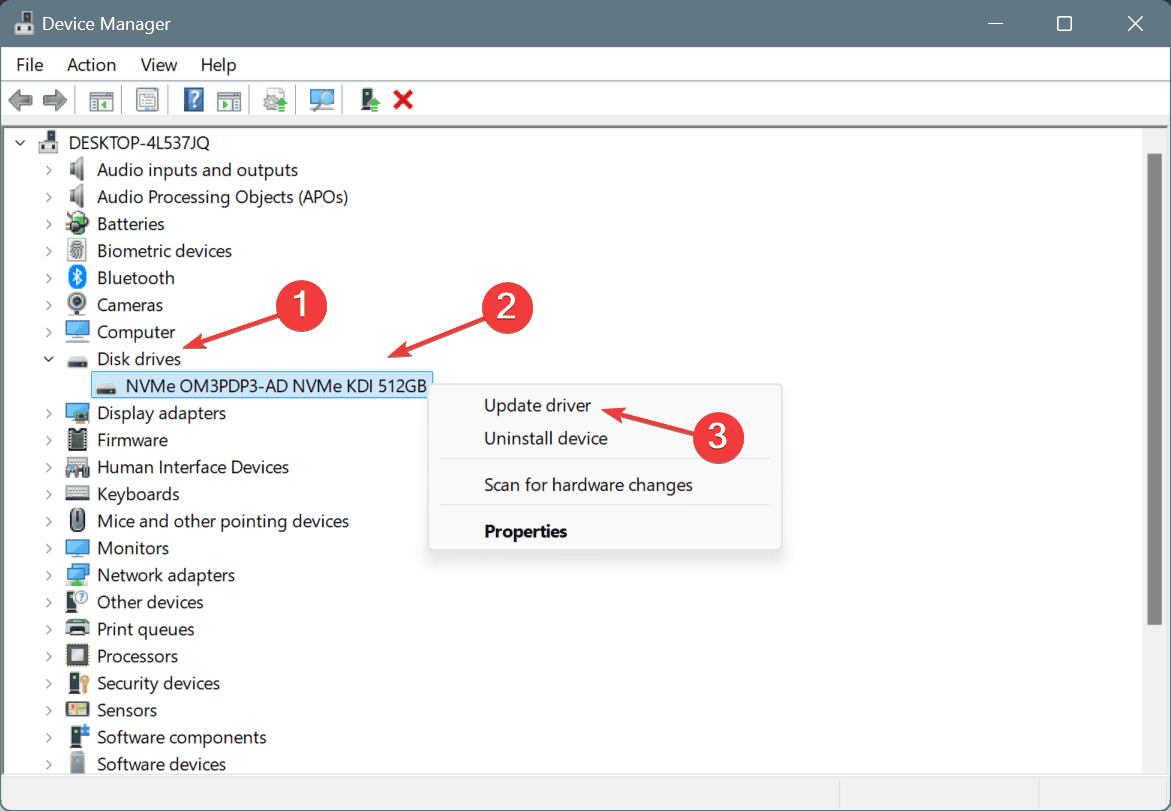
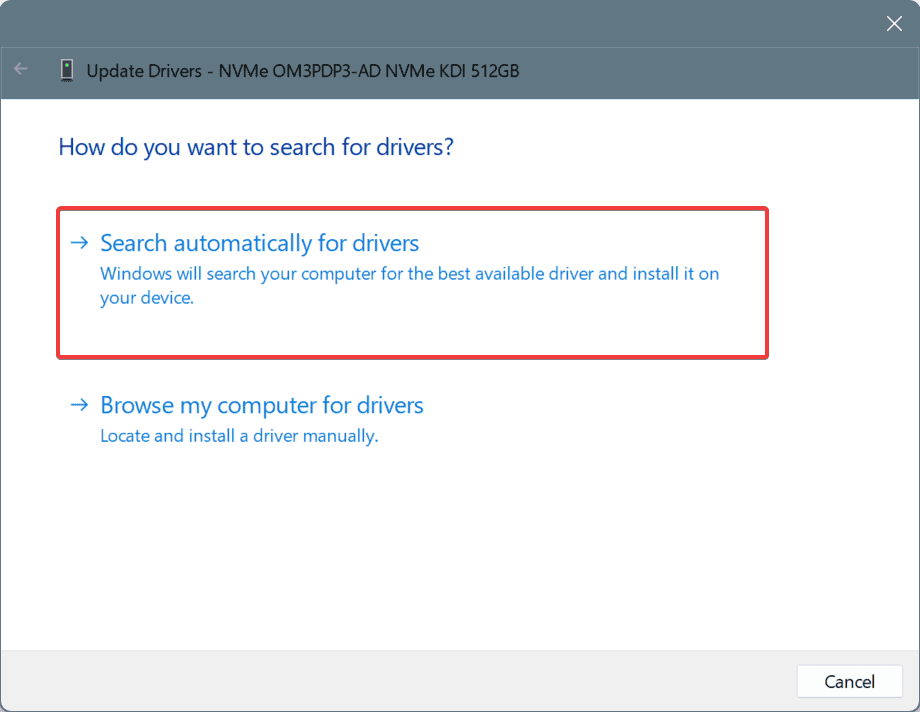
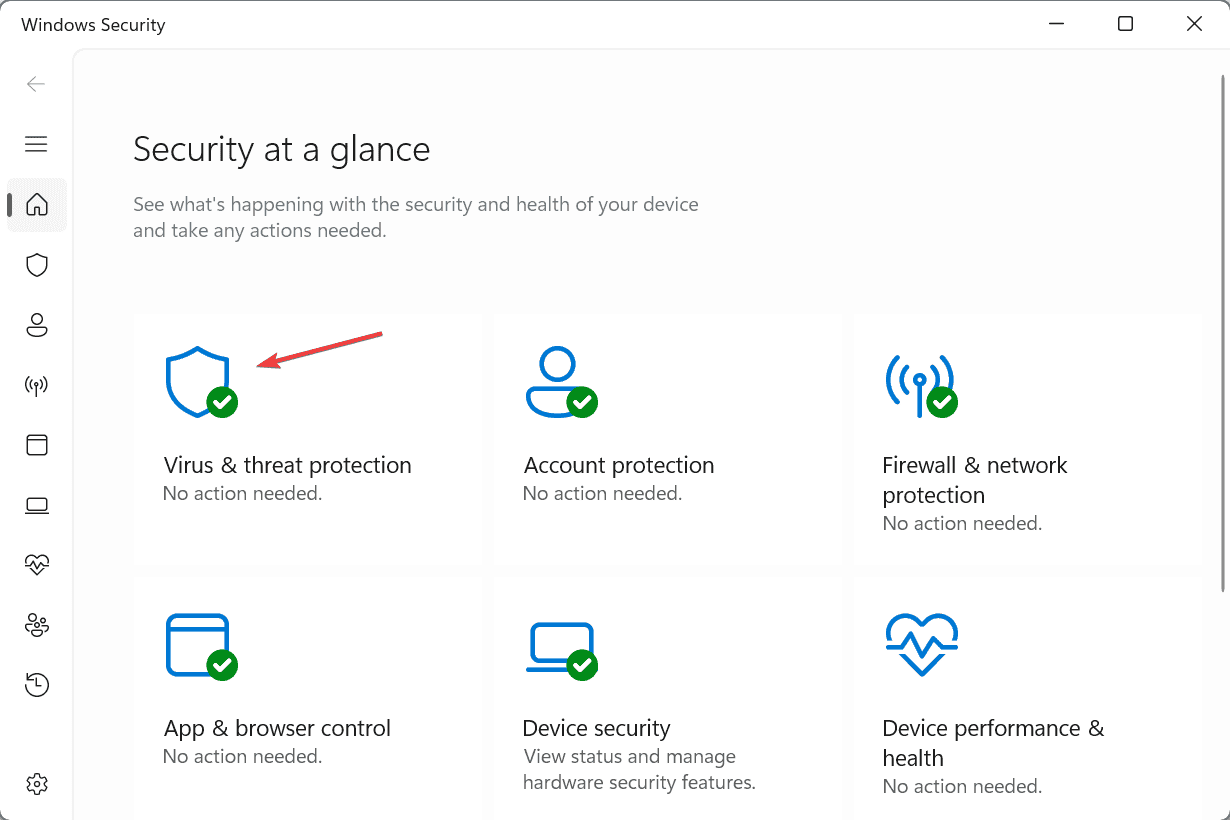
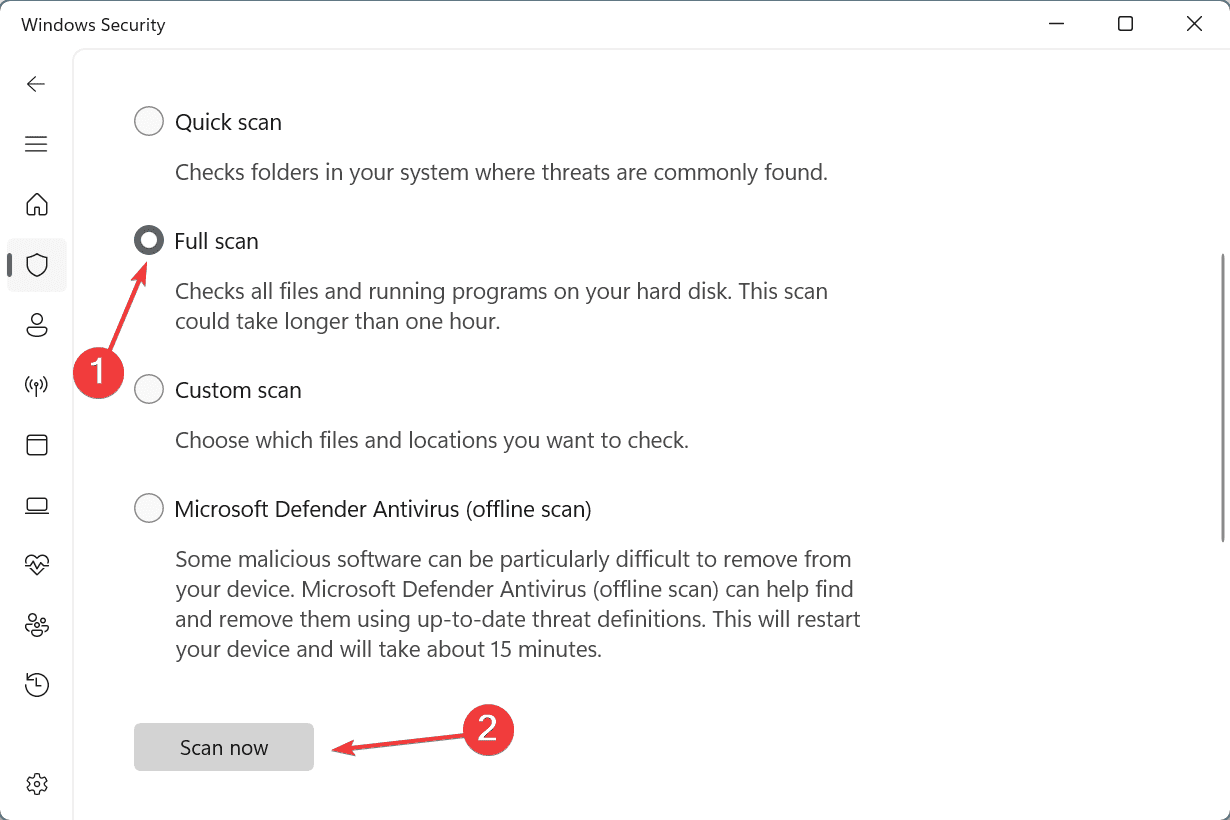
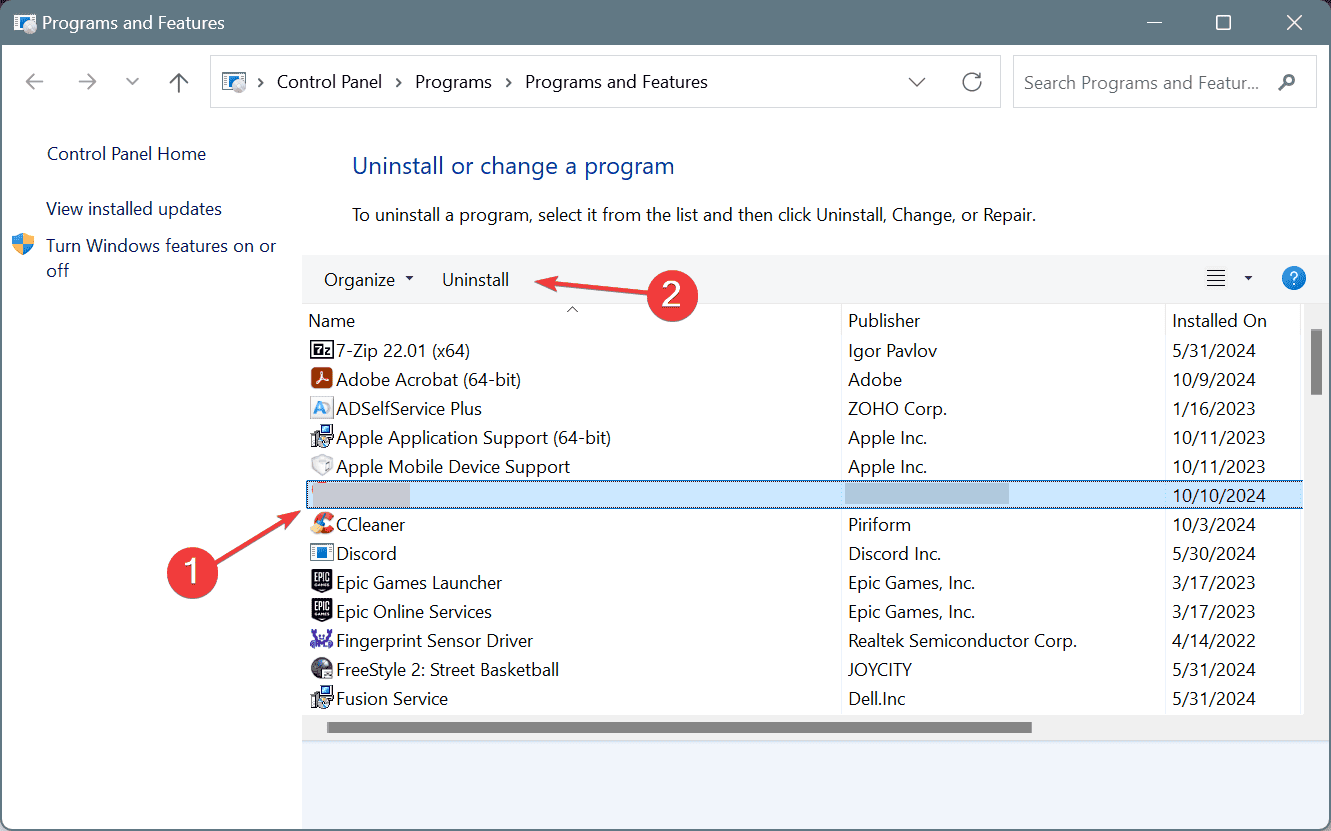

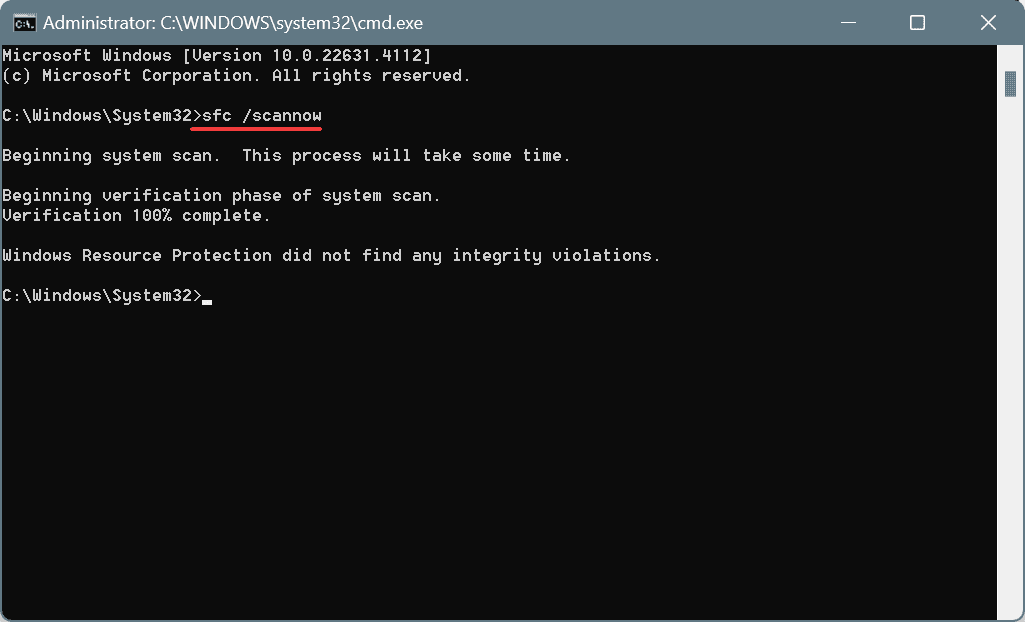
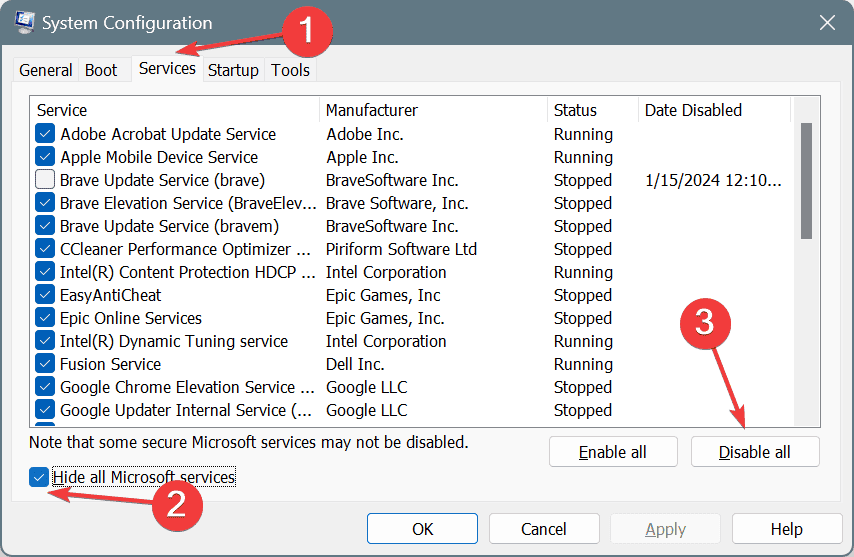

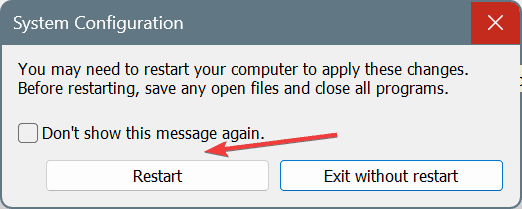
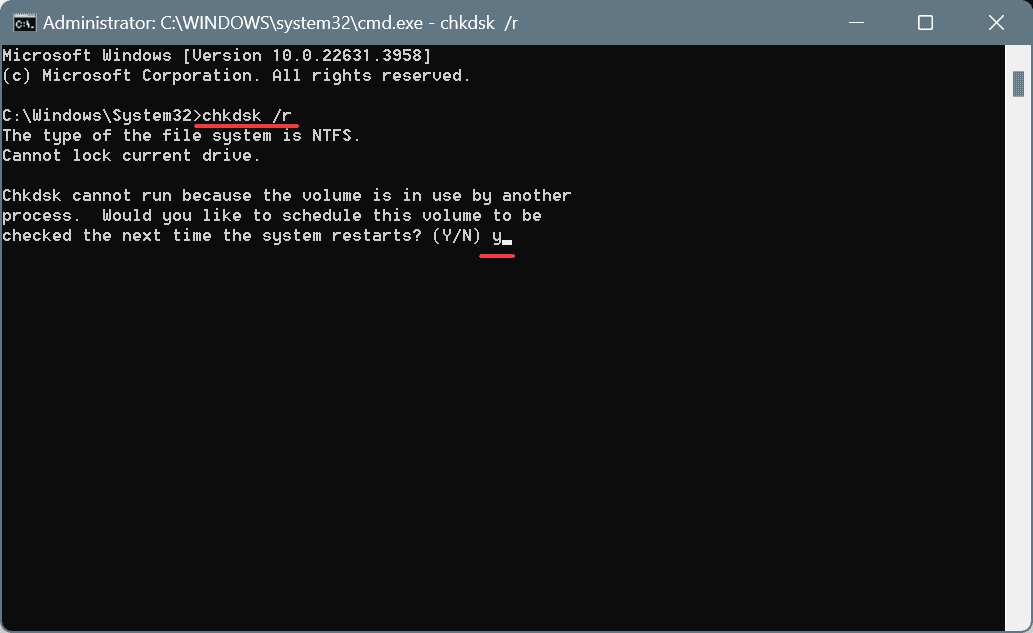

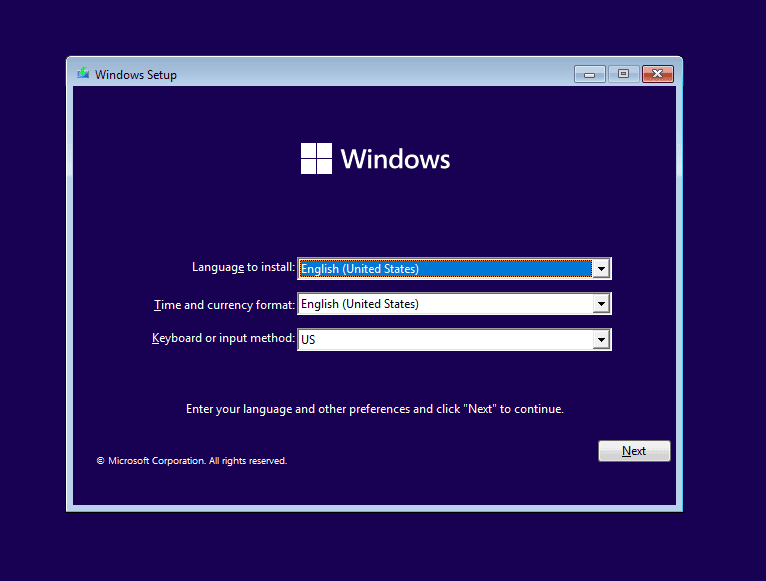








User forum
0 messages